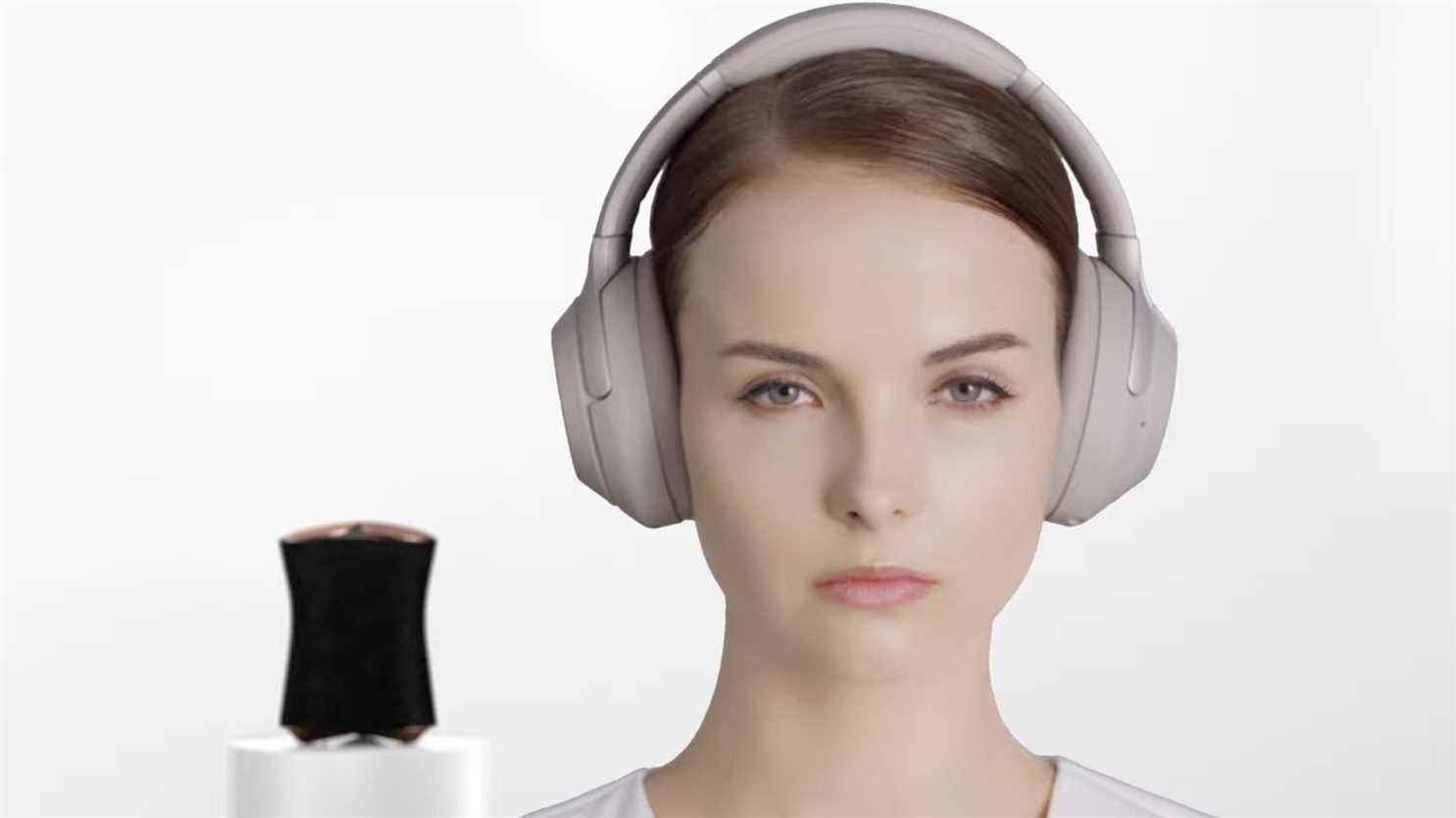Immersive audio is like 3D but for sound. And no need for special glasses! Imagine: the voices, the guitar, the bass, the piano, even the emotions of the audience in the case of concerts, placed on a sphere that represents the space at 360°.
When re-mixing in the studio, the sound engineer will define the distance and the angle, for each source. The sound space explodes… Each piece – even a standard you’ve listened to 1,000 times in stereo – becomes a surprise. As in the case of Bowie, as in the case of the Beatles (and in particular Lucy in the Sky with Diamonds).
And we finally have the feeling of listening to what the artist really wanted to achieve. In front, behind, on the sides, above, below, the sound gives the impression of coming from everywhere. Same Ride of the Valkyries by Richard Wagner, which nevertheless dates from 1856, is getting a serious makeover!
This revolution would have no interest if it were not within everyone’s reach. Indeed, no need to plan a budget to change all your equipment. A priori, you already have everything: a smartphone, headphones or headphones, and a subscription to a streaming platform.
Immersive audio, to date, is mainly based on two technologies and two brands, with two distinct strategies: first of all that of Apple (with Dolby) which unfortunately requires the use of homemade headphones or earphones to take advantage of the technology called “Audio Spatial” (with Dolby Atmos).
And then there is Sony, the precursor, with its “360 Reality Audio“. And that’s the brilliant idea since it works with any headset or earphone, from any brand.
Don’t look for CDs encoded in immersive audio: tracks in 360 Reality Audio or Audio Spatial are only available via streaming platforms. And the surprise is that in this new 360° sound market, the leader Spotify is completely absent.
The Swedish, world No. 1 with 31% of paying subscribers worldwide (June 2021) according to MIDiA, simply does not have a spatialized sound offer in its “Premium” package. And nothing indicates that the future “HiFi” package, promised 1 year ago, will include it.
Opposite, Apple Music, the world’s second music streaming platform with 15% market share, goes all out by offering Spatial Audio, at no additional cost: the individual subscription has been at 9.99 euros per month since the launch. Apple Music (4.99 euros for students).
On the other hand, there is therefore this material condition: using certain brand headphones (AirPods 3 or AirPods Pro) or Apple headphones (AirPods Max sold for 629 euros) which excludes, de facto, some Apple Music subscribers. But for those with the right hardware, simply enable Spatial Audio in their earphone or headphone preferences to give a new dimension to the sound of tracks remixed for this purpose.
If you are a subscriber to the French Deezer, the Premium offer at 10.99 euros per month gives access to songs encoded in 360 Reality Audio from Sony. There remain two platforms compatible with both the immersive sound of Japanese and with Dolby Atmos: Amazon Music with the Unlimited offer at 9.99 euros and Tidal – with the HiFi Plus offer at 19.99 euros per month.
